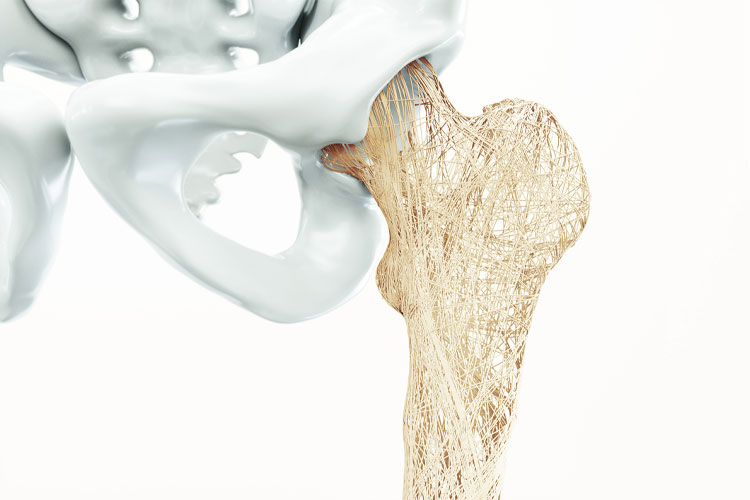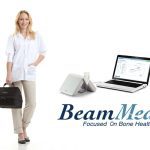Osteoporosis is a serious and widespread public health problem, with an estimated 200 million people affected globally (World Health Organization, 2018). It is a condition in which the bones become weak and brittle, leading to an increased risk of fractures and breaks. Osteoporosis is often called a “silent disease” because it can progress without any symptoms until a fracture occurs (National Osteoporosis Foundation, n.d.). One way to detect and prevent osteoporosis is through regular bone density screenings. These tests measure the density of the bones and can help predict the risk of future fractures (National Osteoporosis Foundation, n.d.). Improving osteoporosis screening is advisable, however, access to bone density screening can vary significantly, particularly in rural areas and among certain populations.
Access Barriers
One major barrier to screening is the lack of access to healthcare facilities. In rural areas, healthcare providers and specialized equipment may be scarce, making it difficult for individuals to get screened (World Health Organization, 2018). This can be particularly problematic for older individuals, who are at a higher risk of osteoporosis and may have mobility issues that make it harder to access care (National Osteoporosis Foundation, n.d.). In fact, a study published in the Journal of Rural Health found that older adults in rural areas were significantly less likely to receive bone density screenings compared to their urban counterparts (Smith et al., 2008).
Health Disparities
In addition to geographic disparities, there are also significant health disparities related to osteoporosis screening. Women, particularly postmenopausal women, are at a higher risk of osteoporosis and are more likely to be screened (National Osteoporosis Foundation, n.d.). However, other high-risk groups, such as men, people of color, and individuals with certain medical conditions, may be less likely to be screened (National Osteoporosis Foundation, n.d.). This can lead to a delay in diagnosis and treatment, increasing the risk of fractures and other complications.
The Role of the Portable Bone Density Ultrasound Device and Improving Osteoporosis Screening
A portable bone density ultrasound device offers a potential solution to these disparities in access to screening. These devices use ultrasound technology to measure bone density and can be easily transported to remote areas (World Health Organization, 2018). They are easy to transport and set up and can be used by a trained technician with minimal training. They are also less expensive and use less radiation than DXA scanners, making them a safer and more cost-effective option for screening (World Health Organization, 2018).
One of the major benefits of using a portable bone density ultrasound device is the ability to bring screening into more accessible settings, including the ability to bring screening directly to the patient. This is particularly important in rural areas where access to healthcare facilities may be limited (World Health Organization, 2018). With a portable device, healthcare providers can travel to patients in their homes or at community centers, making it more convenient for individuals to get screened (World Health Organization, 2018). This can help overcome some of the barriers to care that older adults in rural areas may face, such as difficulty traveling long distances or lack of transportation (Smith et al., 2008).
Because identifying and treating osteoporosis at an early stage reduces the risk of fractures and improves overall health outcomes, addressing health disparities in osteoporosis screening is an important public health issue. Portable bone density ultrasound devices can help improve access to screening in rural areas and among underrepresented populations. They are convenient, accurate, and cost-effective, making them an ideal option for screening in remote areas. In addition, these devices can help address health disparities in osteoporosis screening by increasing access for underrepresented populations.
Call Beammed for portable bone scanners at 800-769-6808 or fill out the contact form.
References:
National Osteoporosis Foundation. (n.d.). What is osteoporosis, and what causes it? Retrieved from https://www.nof.org/patients/what-is-osteoporosis/
World Health Organization. (2018). Osteoporosis. Retrieved from https://www.who.int/news-room/fact-sheets/detail/ost









